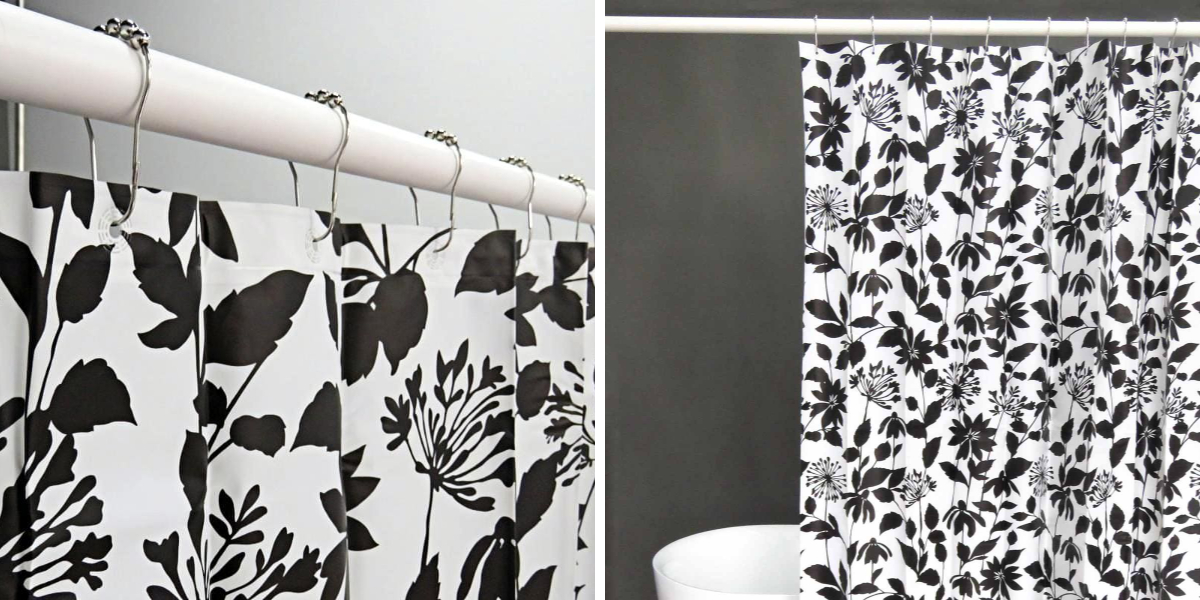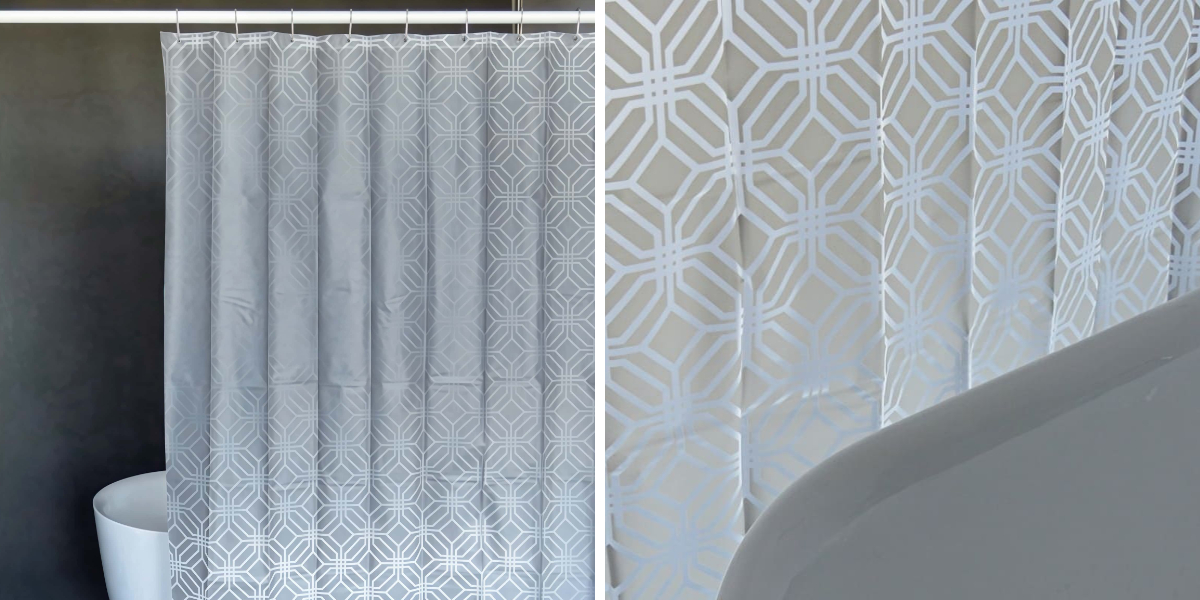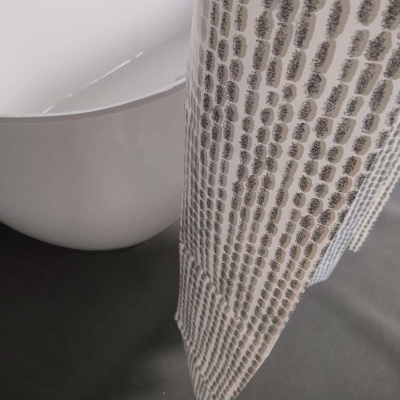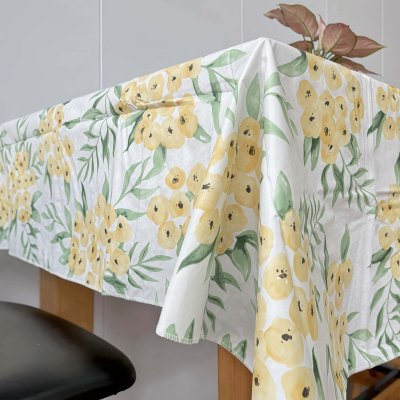Ditching Toxic Shower Curtains for a Fresher Cleaning Experience
If you've ever opened a new shower curtain and got hit with that strong plastic smell, you’re not alone — and you’re definitely not imagining it. That smell? It often comes from toxic shower curtains made with PVC, a material that can release harmful chemicals into your bathroom air, especially when things heat up.
For a space that’s all about getting clean, doesn’t it make sense to avoid something that could be doing the opposite?
What Makes a Shower Curtain Toxic, Anyway?
Most of the time, it comes down to one word: PVC. It stands for polyvinyl chloride, and while it’s cheap and waterproof, it’s also packed with chlorine-based chemicals and can release VOCs (volatile organic compounds). These aren’t just unpleasant — they’re linked to things like headaches, skin irritation, and even long-term health risks.
And since your shower curtain is exposed to heat, steam, and water every single day, those chemicals can build up in your bathroom air over time.

The Case for Switching to a Non-Toxic Option
Ditching your old PVC shower curtain doesn’t mean you have to give up function or style. Today, there are plenty of safer, smarter choices that still look great and keep water where it belongs.
Here are a few worth considering:
1. PEVA or EVA Shower Curtains
These are both plastic alternatives that are PVC-free and don’t give off that nasty chemical smell. They’re water-resistant, affordable, and often labeled as non-toxic shower curtains.
Lightweight
Easy to wipe clean
Safe for kids and pets
2. Fabric Shower Curtains
Want something a little more elevated? Go for fabric. Polyester curtains are water-repellent, and some even have built-in liners. You can also find options in organic cotton, hemp, or linen for a more eco-friendly shower curtain solution.
Machine washable
Chemical-free options available
Stylish and soft
3. Shower Curtain Liners That Won’t Gas You Out
Even if you love the look of your outer curtain, it’s worth upgrading your liner. A safe shower curtain liner made from PEVA or another non-toxic material can make a big difference in the air you breathe every day.
![Ditching Toxic Shower Curtains for a Fresher Cleaning Experience Ditching Toxic Shower Curtains for a Fresher Cleaning Experience]() How to Tell If Your Shower Curtain Is Toxic
How to Tell If Your Shower Curtain Is Toxic
Here are a few signs your current curtain might be worth tossing:
It’s made from PVC or just says “vinyl” without more info
It has a strong chemical smell
It’s discolored or sticky over time
It wasn’t labeled as BPA-free, phthalate-free, or low-VOC
When shopping for a replacement, look for words like “non-toxic,” “PVC-free,” “BPA-free,” “eco-friendly,” or “low VOC.”
A Healthier Bathroom Starts with Small Swaps
Upgrading your shower curtain is a small change, but it’s one that adds up. You shower almost every day. That’s a lot of time spent in a space that should feel clean, fresh, and safe — not full of fumes.
Swapping out toxic shower curtains for safer alternatives doesn’t take much effort, and you’ll probably notice the difference right away. No more plastic odor. No more wondering if you’re breathing in chemicals. Just a cleaner, fresher experience from start to finish.
So next time your curtain needs replacing, skip the bargain-bin plastic. Your lungs, your skin — and your peace of mind — will thank you.
Ready to breathe easier in the bathroom? Start by swapping out your toxic shower curtain for a cleaner, safer option — your future self will thank you.

 How to Tell If Your Shower Curtain Is Toxic
How to Tell If Your Shower Curtain Is Toxic

